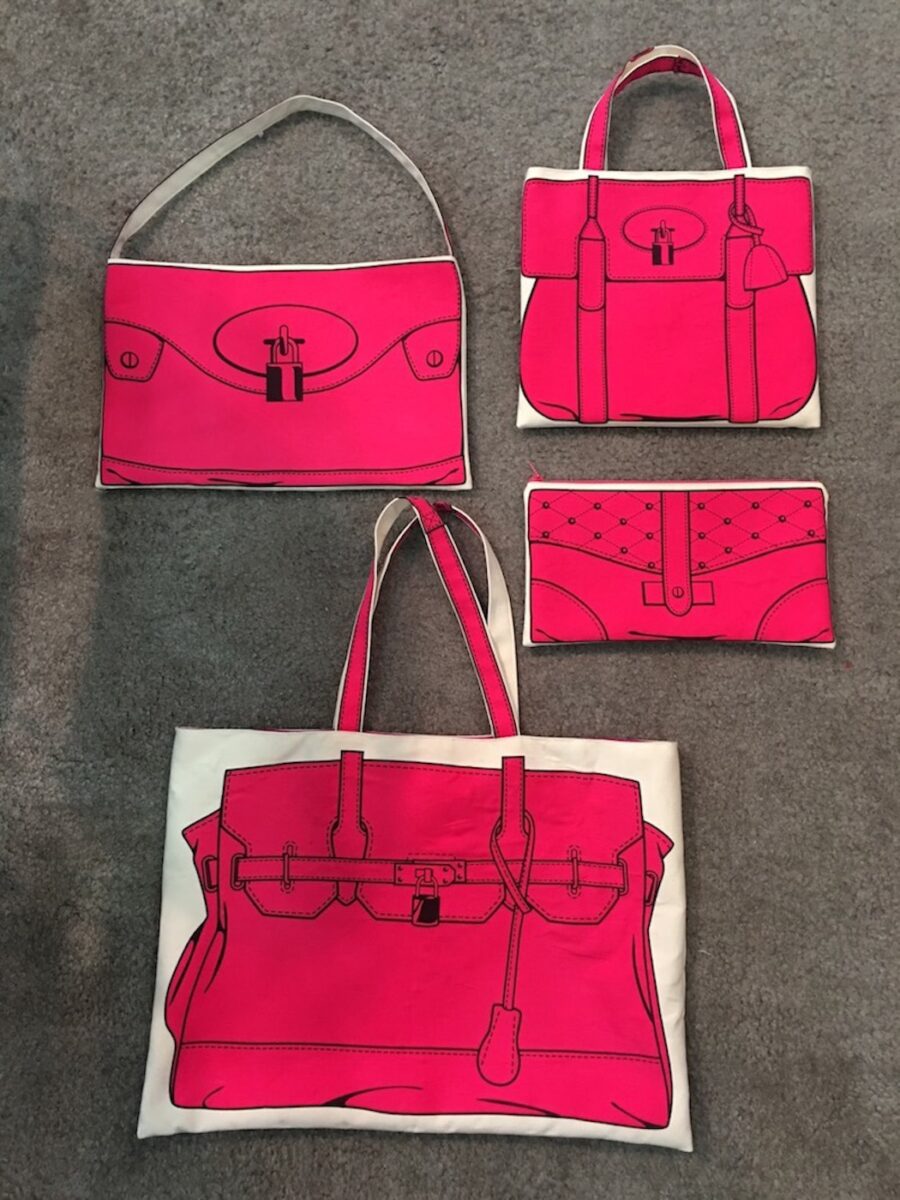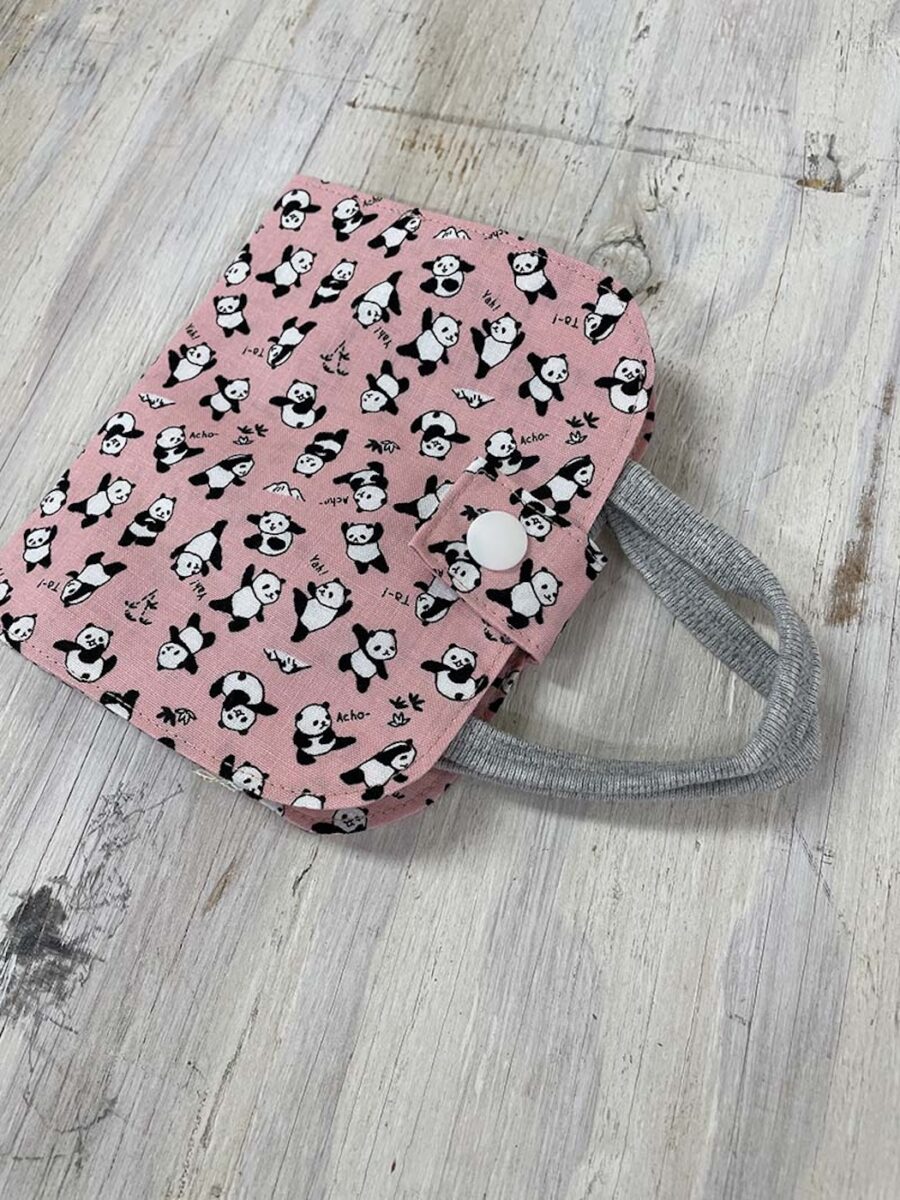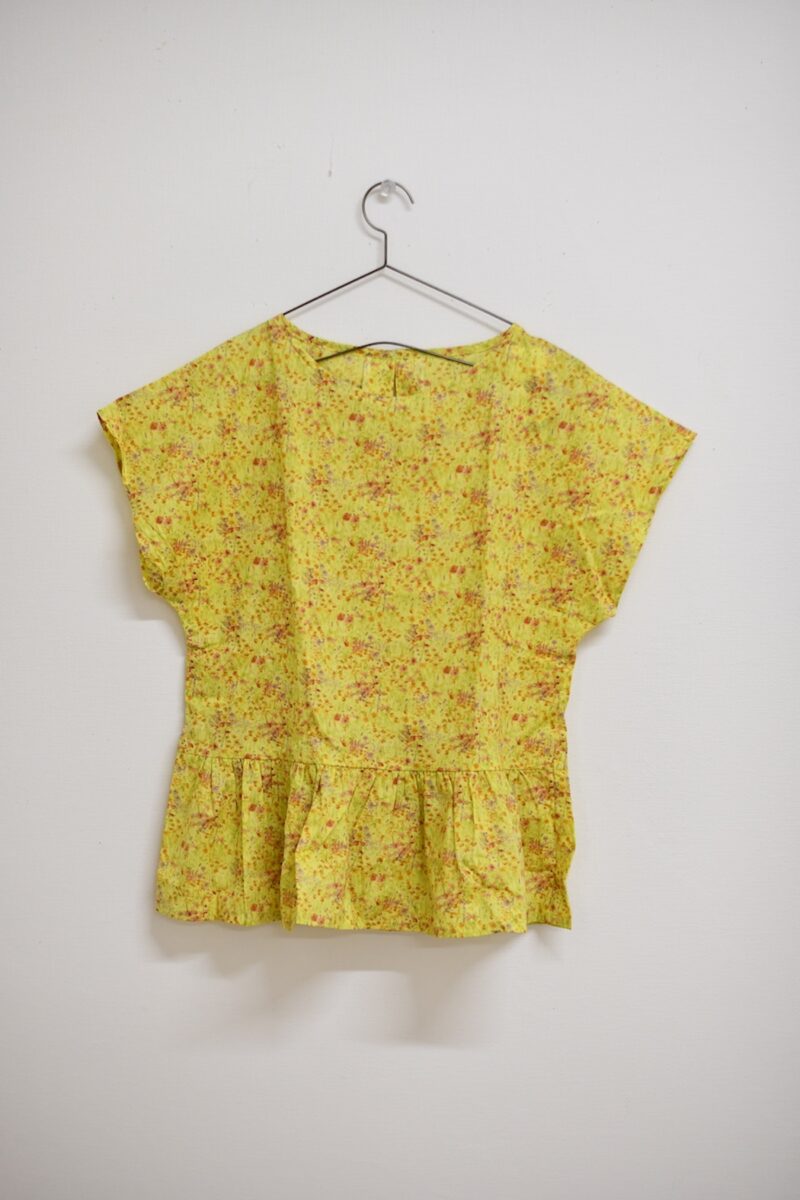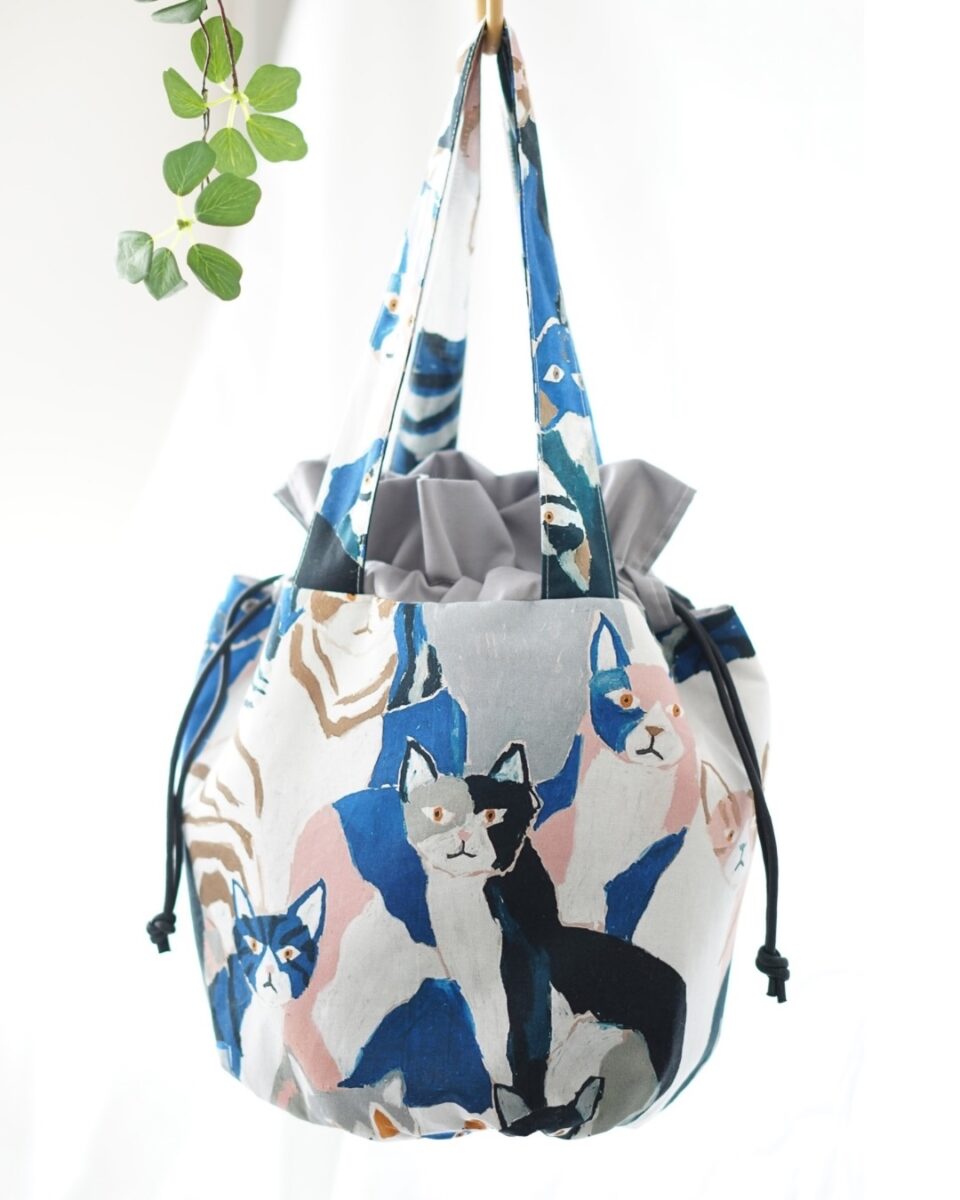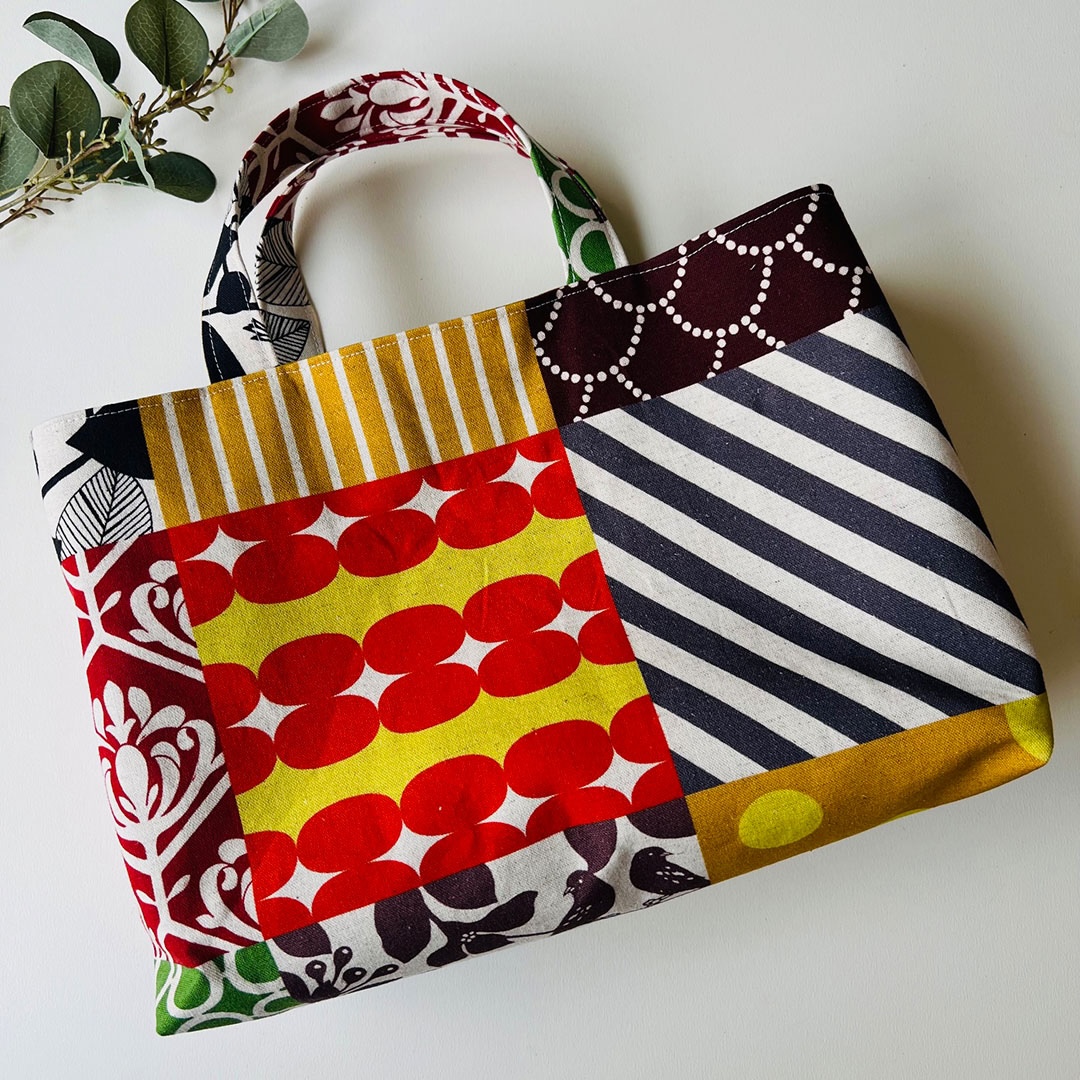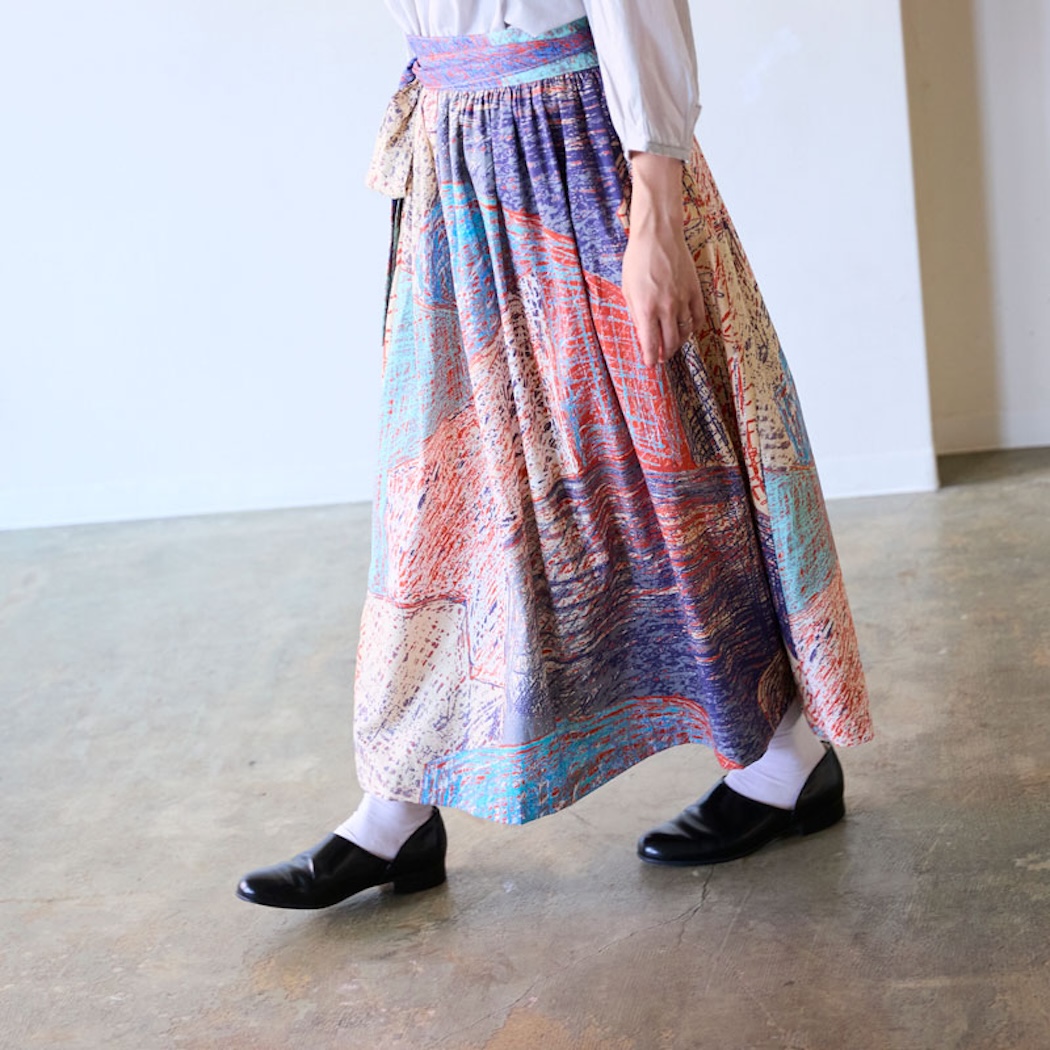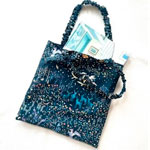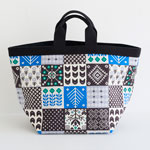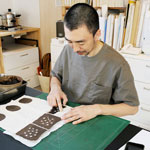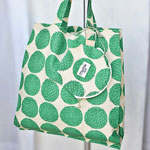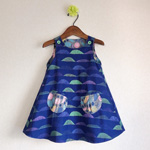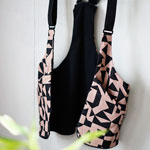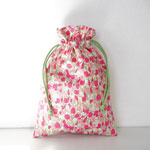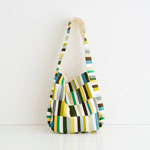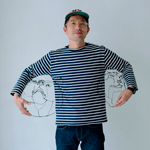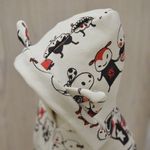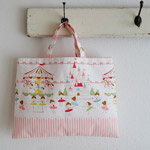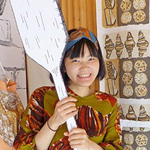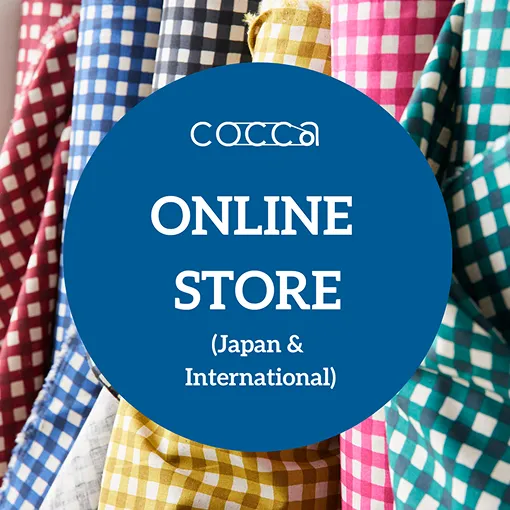FREE SEWING TUTORIALS
Free sewing tutorials available for bags, pouches, children’s clothing, dresses, skirts, tops, and more.
TOPICS
Stay up to date with artist interviews, features, and KOKKA news and events.
WEB CATALOG
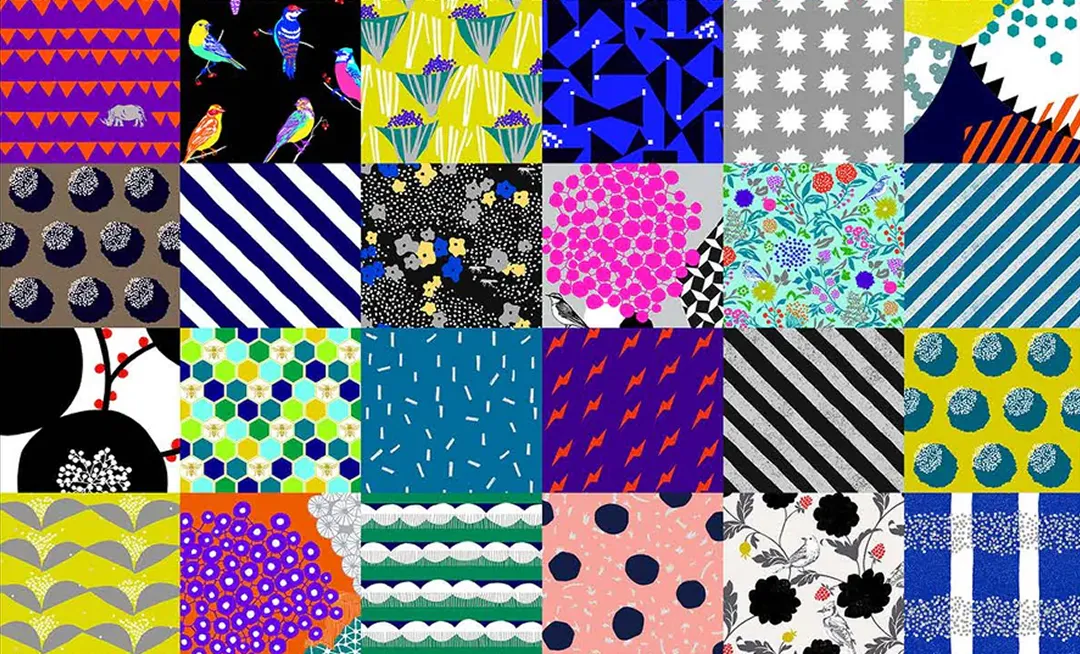
SERVICES
-
Visit our corporate site to learn about what we provide as a business, our values as a company, & more.
-
Visit our site for the official wholesale distributor of KOKKA fabrics in North America. (US & Canada)
-
This online store launched in July 2022 and is operated by Kokka USA, Inc. Shipping from Kokka Fabrics is currently available to the US and Canada.
-
cocca is the official online store for KOKKA that sells a variety of fabrics and sewing-related products. International shipping is also available from cocca.

